Sweet Violet / Spring / Summer / Edible
Sweet Violet is a sweet-scented woodland plant, the roots and seeds are toxic but the flowers are delicious.
Common Names
Sweet violet, Wood violet, English violet, Common violet, Florist’s violet or Garden violet.
Botanical Name
Viola odorata
Scientific Classification
Kingdom – Plantae
Order – Malpighiales
Family – Violaceae
Physical Characteristics for Sweet Violet
Leaves
The plant overall is low lying, the small leaves are heart shaped, deep green in colour and hairy.
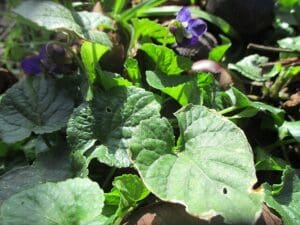
Flowers
The flowers typically blue to lilac although white varieties can be found. They have 5 petals and that are oval. The flowers have a strong perfume.
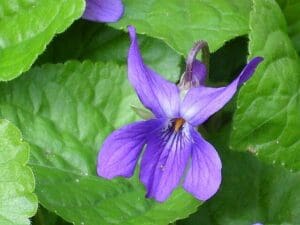
Habitat
Hedgerows and woodland edges.
Known Hazards
The roots and seeds are toxic and should not be consumed.
Could be Confused with
The more common Dog Violet (Viola riviniana) this also has edible flowers and leaves but it lacks any scent. The leaves are smaller, neater heart shapes and a slightly darker shade of green.
Edible Uses
The flowers taste like Parma violet sweets and have traditionally been candied and used to decorate cakes. They’re also nice just added to salads.
The young leaves can also be used in salads, the older leaves are best cooked as a leafy green.
In France a syrup made from the flowers is used to flavour scones and marshmallow.
It does seem to be in decline in the wild due to habitat lose so it might be best just to take some photos or just a few flowers. Or grow your own at home.
Notes on Herbal Uses
Traditionally Sweet violets were used in herbal medicine to treat ailments such as headaches, depression and insomnia.
Extra notes from the Foragers
Sweet Violets have a long history of use as a perfume, it also appears in ancient Greek mythology and is mentioned by Shakespeare.



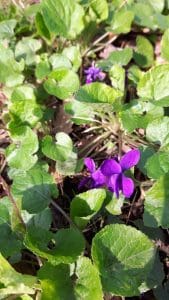
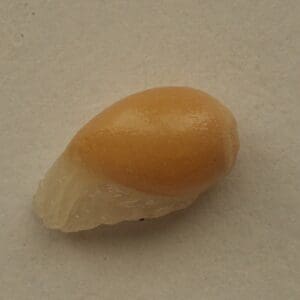
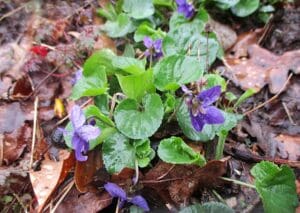
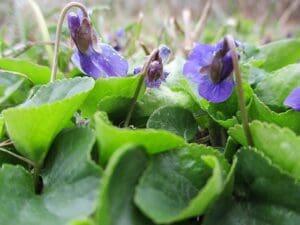



Leave a Reply
You must be logged in to post a comment.